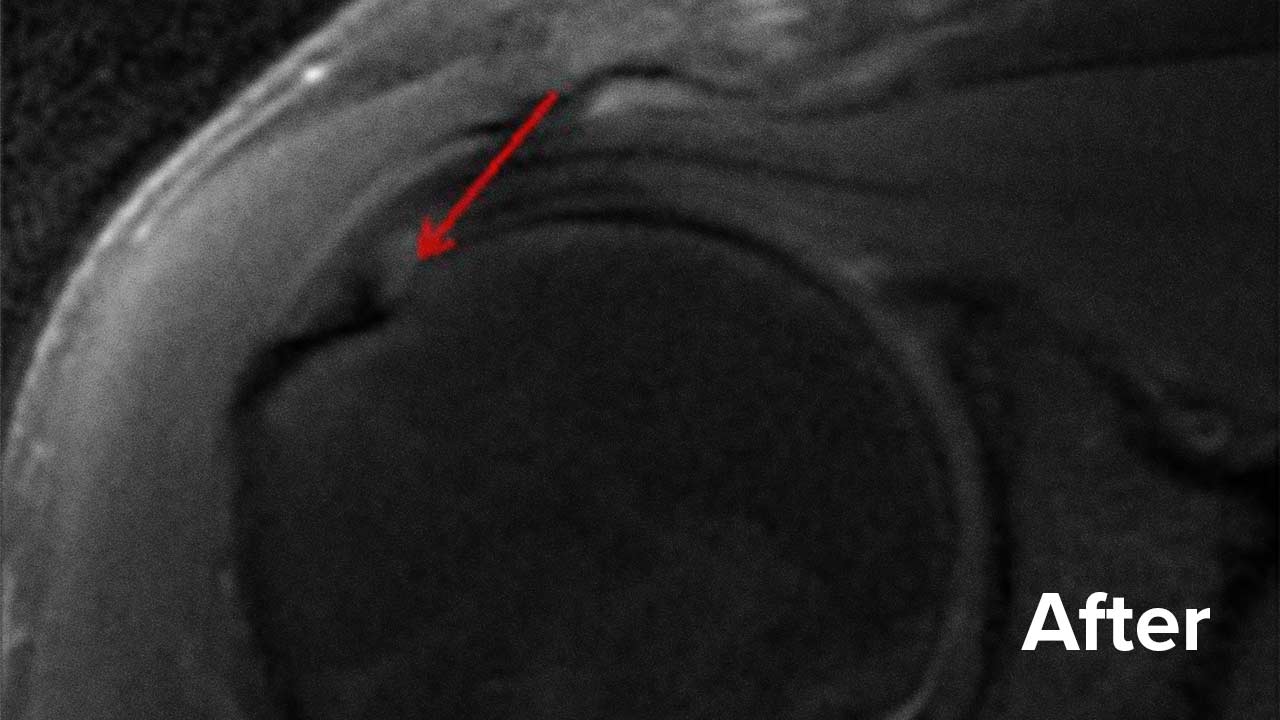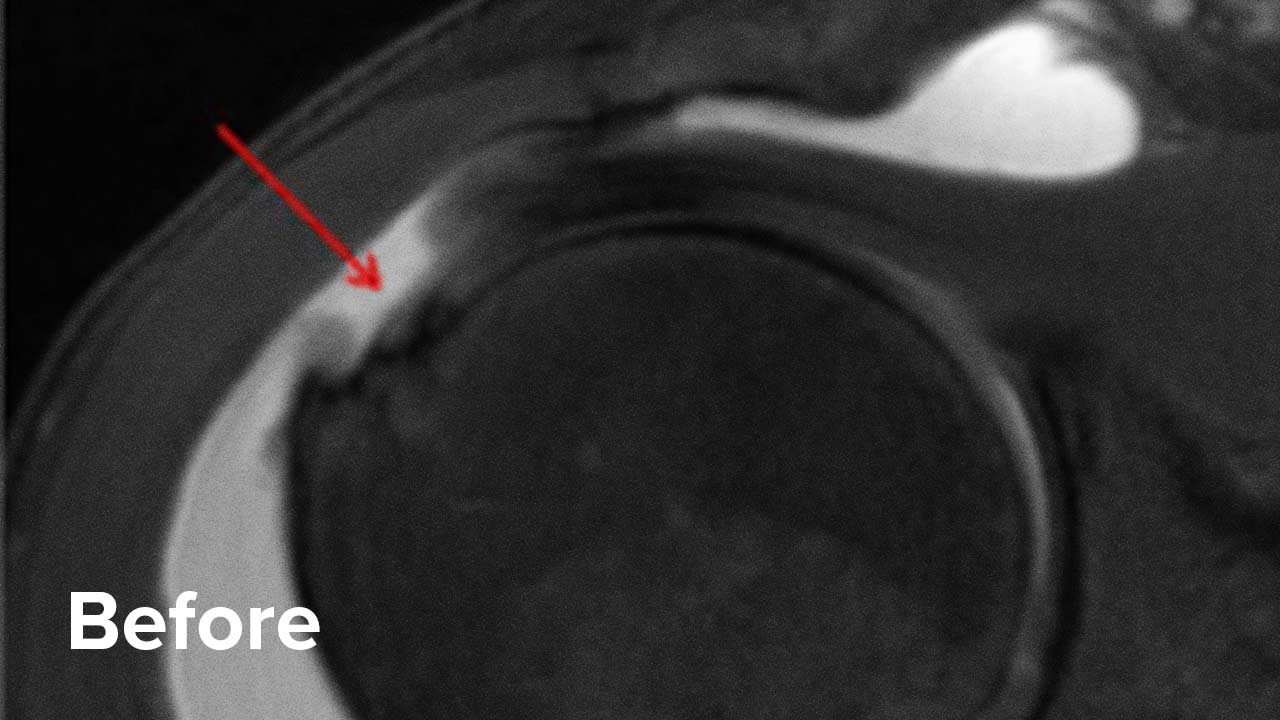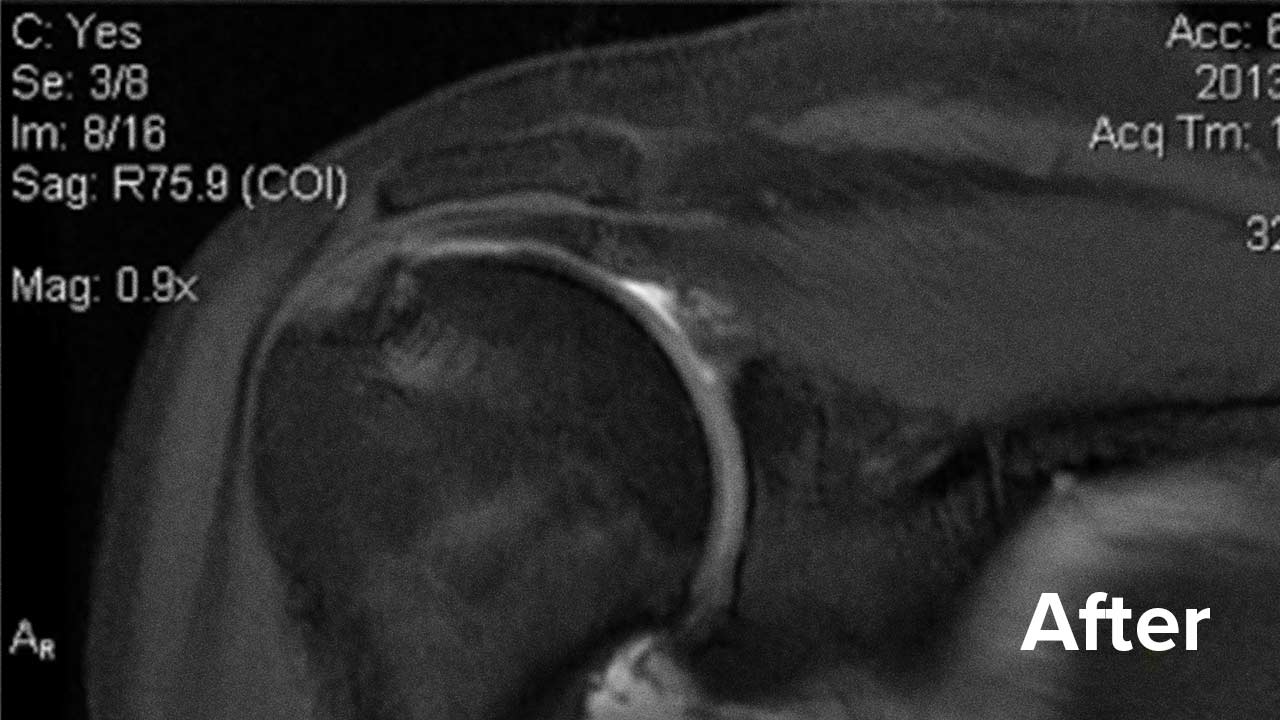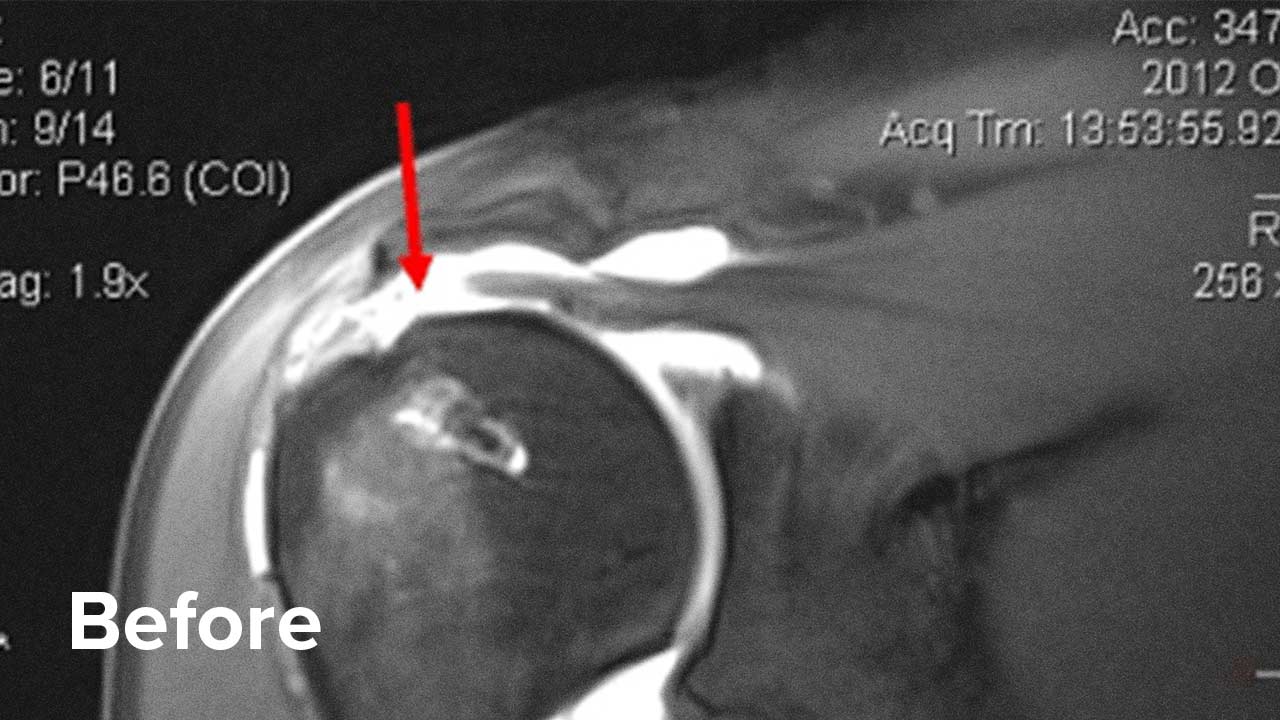Alternative To Surgery For Shoulder Pain
The shoulder is the most mobile joint in the body, allowing for a broad range of movement. This mobility, however, can also contribute to joint instability, particularly in cases of injury or age-related degeneration.
Rehabilitation Medicine Center of New Jersey, NY, often sees individuals exploring options for shoulder pain related to arthritis, overuse, or injury. While many consider surgery in search of relief, research indicates that surgical procedures may not consistently lead to improved outcomes for all cases.¹ Even when imaging such as an MRI shows degeneration or a tear, these findings may not always correspond to the actual source of shoulder pain.²
Regenexx Alternative to Shoulder Surgery
Shoulder Injuries Addressed By The Regenexx Approach
At Rehabilitation Medicine Center of New Jersey in New York, physicians in the licensed Regenexx network commonly see a range of shoulder injuries that may benefit from procedures using Regenexx injectates. The most frequently addressed conditions include:
- Rotator cuff tears
- Labrum tears/ SLAP tears
- Shoulder osteoarthritis and degeneration
- Shoulder instability
- Separated shoulders
- Biceps tendon tears
- Avascular necrosis or osteonecrosis
- Frozen shoulders
131 West 35th Street
12th Floor
New York, NY 10001
Request an Appointment
Call to Schedule Schedule OnlineClinic Hours
| Sunday | Closed |
| Monday | 8AM–8PM |
| Tuesday | 8AM–8PM |
| Wednesday | 8AM–8PM |
| Thursday | 8AM–8PM |
| Friday | Closed |
| Saturday | Closed |

Can Shoulder Surgery Be Avoided?
In many cases, the answer may be yes. Procedures using Regenexx lab processes offer a non-surgical option that supports the body’s natural healing response, aiming to help reduce shoulder pain and improve function with less downtime than traditional surgery.
Am I a candidate?Regenexx Shoulder Approach At Rehabilitation Medicine Center
Rehabilitation Medicine Center of New Jersey, NY, offers the Regenexx approach as a non-surgical option for shoulder injuries. These image-guided procedures use precise injections prepared from your own platelets or bone marrow concentrate. By utilizing Regenexx injectates, physicians in the licensed Regenexx network aim to support the body’s natural healing process, providing an alternative to shoulder surgery. Following a detailed evaluation, your physician will create a personalized treatment plan to help reduce pain and improve joint function.
Before And After Shoulder Repair MRI Images
The following examples highlight outcomes from two individuals who received procedures using the Regenexx protocol as an alternative to surgery.
Use the slider to view MRI images of the rotator cuff before and after the procedure. In the BEFORE image, the arrow indicates a tear where the tendon is absent. In the AFTER image, the treated area appears as a darker diagonal band, consistent with improved tendon structure following the procedure.
Patient 1 MRI
Patient 2 MRI
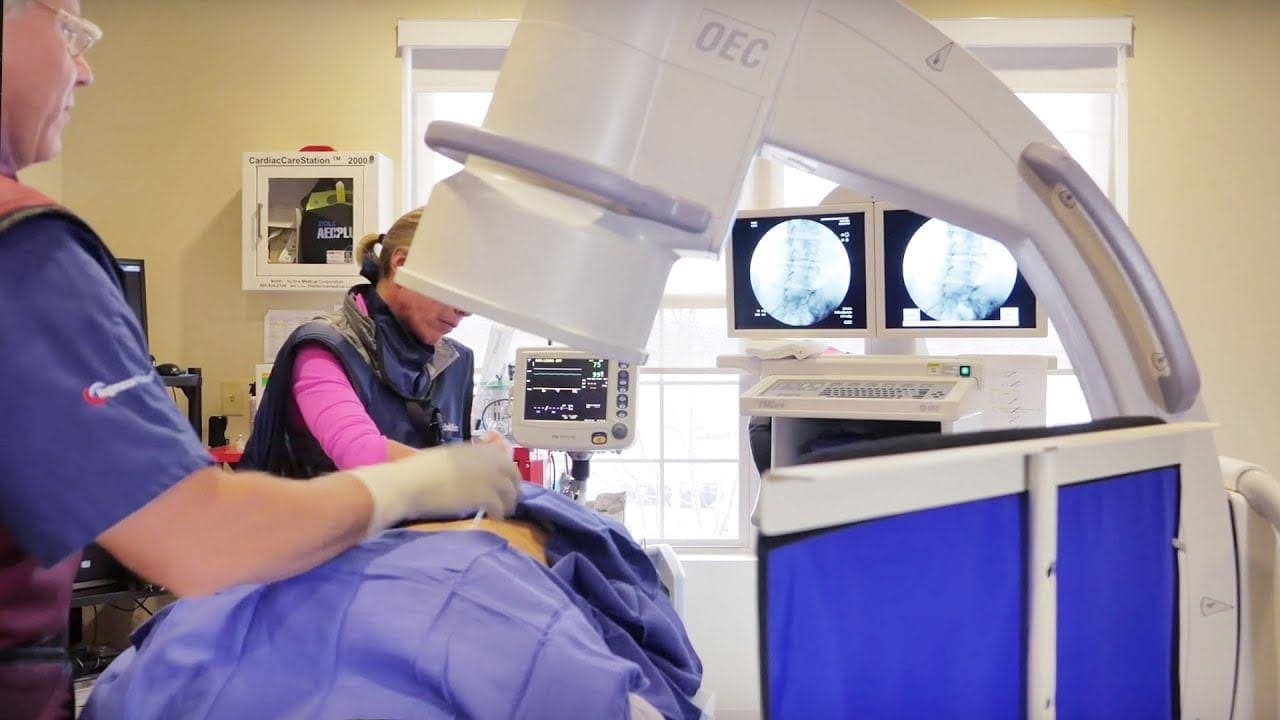
Webinar: Exploring Alternatives To Shoulder Surgery
Learn about the latest in interventional orthopedics and how procedures using the Regenexx approach may offer a non-surgical option to help address shoulder injuries.
Register for the webinarPatient FAQs
The shoulder is structured as a shallow ball-and-socket joint. The ball portion is the top of the upper arm bone (humerus), while the socket is part of the shoulder blade known as the glenoid. Surrounding the socket is a rim of cartilage called the labrum, which helps stabilize the joint by holding the humeral head in place. Additional support comes from the shoulder’s ligaments and the rotator cuff muscles.
Shoulder instability can develop when the ligaments and tendons that support the joint become overstretched, torn from injury, or weakened over time due to age-related wear. When these stabilizing structures no longer hold the joint securely, it may begin to move excessively. This added motion can increase stress on the joint, potentially contributing to cartilage wear, the formation of bone spurs as the body attempts to stabilize the area, and further strain or tearing of the surrounding soft tissues.³
Request an Appointment
References
1. Dezaly C, Sirveaux F, Philippe R, Wein-Remy F, Sedaghatian J, Roche O, Molé D. Arthroscopic treatment of rotator cuff tear in the over-60s: repair is preferable to isolated acromioplasty-tenotomy in the short term. Orthop Traumatol Surg Res. 2011 Oct;97(6 Suppl):S125-30. doi: 10.1016/j.otsr.2011.06.006. Epub 2011 Jul 27. PMID: 21798838.
2. Okamura K, Kobayashi T, Yamamoto A, Shitara H, Osawa T, Ichinose T, Takagishi K. Shoulder pain and intra-articular interleukin-8 levels in patients with rotator cuff tears. Int J Rheum Dis. 2017 Feb;20(2):177-181. doi: 10.1111/1756-185X.12581. Epub 2015 Apr 30. PMID: 25930944
3. Culham E, Peat M. Functional anatomy of the shoulder complex. J Orthop Sports Phys Ther. 1993 Jul;18(1):342-50. doi: 10.2519/jospt.1993.18.1.342. PMID: 8348135.
